What We Are Covering:
Thank you, Fawn, and thanks to everyone for joining us here today. I appreciate your time, and I hope this information is beneficial to you and the clients in your practice.
- Bath/shower equipment
- Toileting equipment
- Patient Lifts
- Adaptive Car Seats
We will discuss bath and shower equipment, toileting equipment, patient lifts, and adaptive car seats. This technology is often used by people who utilize wheelchair seating and mobility equipment. This is additional equipment they may have. Clients may have even more equipment than this, but we will be focusing on these particular items that have a direct relationship to activities of daily living.
Clinical Role
- Clinicians are a key part of the evaluation team when selecting DME
- This equipment is used in ADLs, and specific client requirements must be identified
- Most of this equipment is ordered through a DME supplier who submits for funding, orders, and delivers to the client
Clinicians are vital to this whole process when we are selecting durable medical equipment. The equipment is used in activities of daily living, and there are specific client requirements. We need to specify what type and product parameters are required. Most of this equipment is then ordered through a DME supplier. The supplier is going to submit the required paperwork, including our documentation, for successful funding approval. They will then order the equipment once funding approval occurs and then deliver this to the client. Ideally, as a clinician, we need to check it out after it arrives to make sure it is truly meeting the client's needs.
Bath and Shower Equipment
- Bath and Shower equipment is designed to:
- Provide postural support during bathing/showering
- Prevent the client from slipping, injury, and even drowning
- Increase independence, as possible
- Ease care and safety for caregivers
Bath and shower equipment is designed for a couple of things. First, to provide adequate postural support during these tasks of either bathing or showering. Some of our clients simply cannot stand within a shower or cannot sit safely in the bottom of the bathtub. We want to prevent the client from slipping, injury, and even drowning. The bathtub or shower can be quite a dangerous place due to slippery surfaces. There is not enough friction even with various bathmats or treads on the bottom of a bathtub or shower. We need to make sure that we are doing everything to keep them safe. We also want to increase independence. It may be that with this equipment, someone can be more of an active participant in their hygiene. We want to ease care and safety for the caregivers as the caregiver often needs to support the client while they are trying to bathe them, wash their hair, et cetera. This can be really hard as it is both a very challenging position and a difficult transfer.
One of our most difficult transfers is to lift a client from the bottom of a bathtub and then rotate and place them into some type of mobility base or carry them to another surface. This puts everyone at risk of injury because now we have a wet and naked client.
Bathing Equipment
- Consumer-level
- Complex Rehab level
Bathing equipment tends to fall into two main categories, consumer-level, and complex rehab level. Consumer-level is often available at the local drug stores. It is something that people might choose to purchase on their own rather than go through a funding source. Complex rehab level of equipment requires a more thorough evaluation to determine exactly what is required and document for successful funding.
Many people like to take a bath. However, much of the complex rehab bathing equipment is pediatric-based. One reason is that kids are likely to take baths. Also, children still fit within the bathtub. If we place a bath seat within a bathtub, this raises the client taking up some of the room within that space. As a result, we may simply not be able to fit a client into a standard tub adequately.
Here are a few examples of some consumer-level commercially available options for children for bathing in Figure 1.
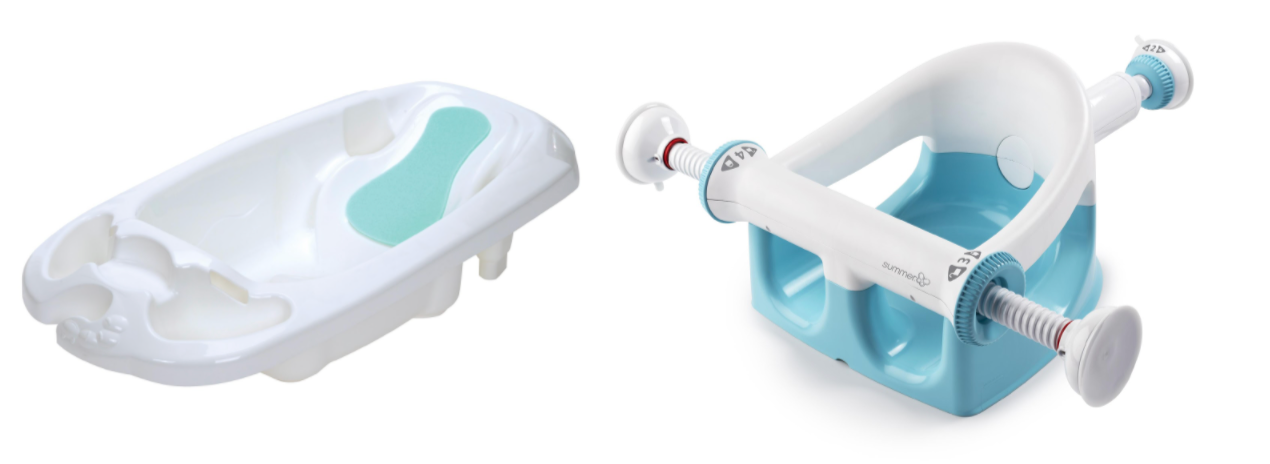
Figure 1. Examples of bath seats. The left image is the Safety 1st Infant Bath Seat, and the right is Summer My Bath Seat.
There are a whole variety of infant bath seats that are out there. The goal is to provide an infant who does not have a lot of motor skills to sit up in a safe and well-supported environment while the caregiver bathes them.
- Complex Rehab level
- This equipment is designed specifically for bathing
- Often for children, who are still taking baths
- Sits at the bottom of the tub
- Options:
- Additional postural supports
- Change of angle at hips and knees
Then, there is the complex rehab level of bathing equipment. This equipment is designed specifically for bathing. Some of it can be modified to use in a shower, but its primary purpose is for use in the bathtub. This is often for children who are smaller and are taking baths. It sits on the bottom of the tub. Options include additional postural supports and adjustable angles at the hips and the knees. This can be very helpful when positioning various clients. Figure 2 shows the Leckey Advanced Bath Chair with adjustable legs and mesh seating. You can change the angles of these legs to lower someone further down into the water. You can also change the seated angles to allow gravity to assist with posture. The water goes through the mesh material.
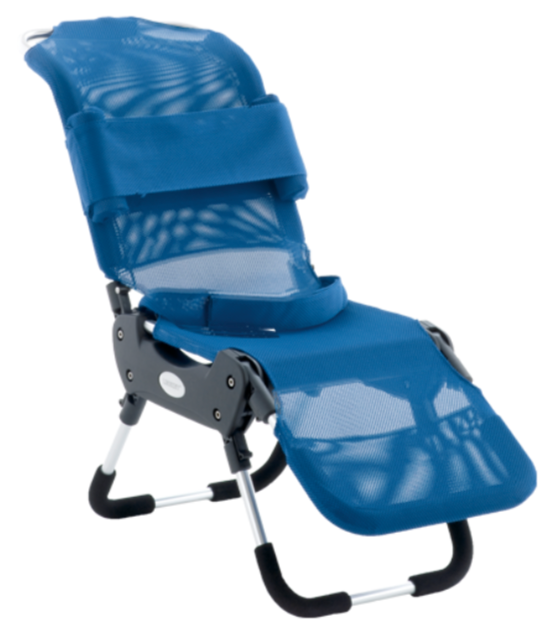
Figure 2. Leckey Advanced Bath Chair.
- Options
- Legs can flip up to lower seat further into the tub
- Legs go back down to raise the seat
- Eases transfers and bathing for caregiver
- Never leave client unattended!
This is another picture of that Leckey Advanced Bath Chair that shows some of the different positions.

Figure 3. Leckey Advanced Bath Chair.
The position on the left goes one setting lower than that. One challenge with bath seats is it tends to raise the client a little bit above the bottom of the bathtub. We need to fill the bathtub with a little more water to cover the client. We can flip up the legs to lower the seat further into the water. The legs can also be angled at a steeper angle to raise the seat to help with transfers. You would not do this when the client is within the seating system. Thus, you have to decide ahead of time your goal. Do you want the client to go down lower in the water, or do you want it higher so that transfers are easier a little closer to the edge of the bathtub? Even though various straps and supports are available, we should never leave someone alone in the bathtub.
Shower Equipment
- Consumer-level
- Complex Rehab level
We then have shower equipment. Like bath chairs, there is a consumer-level and a complex rehab level.
- Consumer-level shower equipment
- Shower chairs
- Various levels of support
You have probably seen some of these shower chairs. These are designed to give someone a little more support within the shower. This can mean a stall shower, tub shower, or roll-in shower. These are generally designed for someone who does not need a lot of postural support but just needs to sit down while they are showering as they are weak or have a risk for falls. Many in our geriatric population use these options.
Figure 4 is a very simple shower chair with adjustable height legs without a back.

Figure 4. Shower seat without a back from Drive Medical.
It does have handles that the client might stabilize against, perhaps while they are reaching for something. These work really well for people who are using a handheld shower hose as well. This one in Figure 5 has a back on it. It also has adjustable height legs so that the client's feet can be flat on the floor for stability.

Figure 5. Shower seat with a back from Drive Medical.
Finally, in Figure 6, there is a shower seat with a back, adjustable legs, and handholds.

Figure 6. Shower chair with back, adjustable legs, and handholds (Essential Medical Supply).
These handholds make it a little harder to slide in from the side (if removed on one side), and they also give someone something to grab on to lower themselves into the seat (with both). These shower chairs are usually something the client purchases on their own.
- Complex Rehab- level shower equipment
- Increased postural support
- Designed for roll-in showers
We then have more complex rehab-level shower equipment. This equipment provides more postural support than consumer-level shower chairs. They are designed for a roll-in shower. Roll-in showers are an open area with a sloped floor and a drain on the floor. Roll-in showers do not have a door, but they may have a curtain for privacy. This provides a lot of room for both a larger, supportive chair and the caregiver. Examples are shown in Figure 7. There is a complex rehab shower chair with a commode option and another with a tilt and headrest.
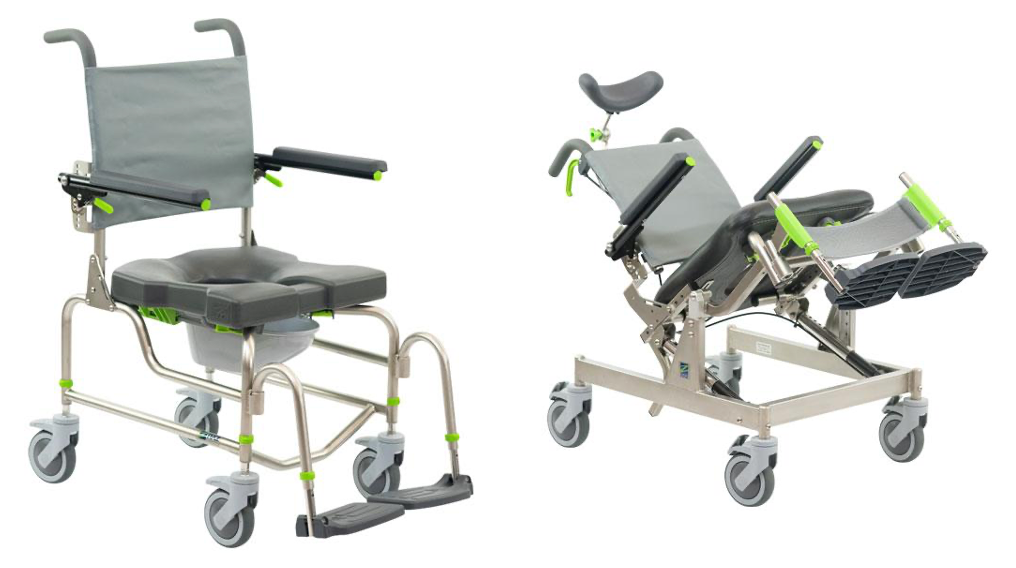
Figure 7. Examples of complex rehab shower chairs.
They can reach the client more readily for bathing all areas of their body, washing hair, et cetera. The example on the left is a commode chair with an opening under the client's perineal area. This allows for easier cleaning and assistance with toileting. The chair on the right also tilts and has a headrest. This can ease tasks like washing hair. Handheld showers are also handy during bathing.
Bath/Shower Combination
- Bath chairs with additional option to raise to shower height
- Eases transfer in and out of the seat
- Eases showering of client
There are some bath-shower combination options as well. The Rifton Blue Wave, in Figure 8, is a combination of a shower and bath chair with different positioning options and bases.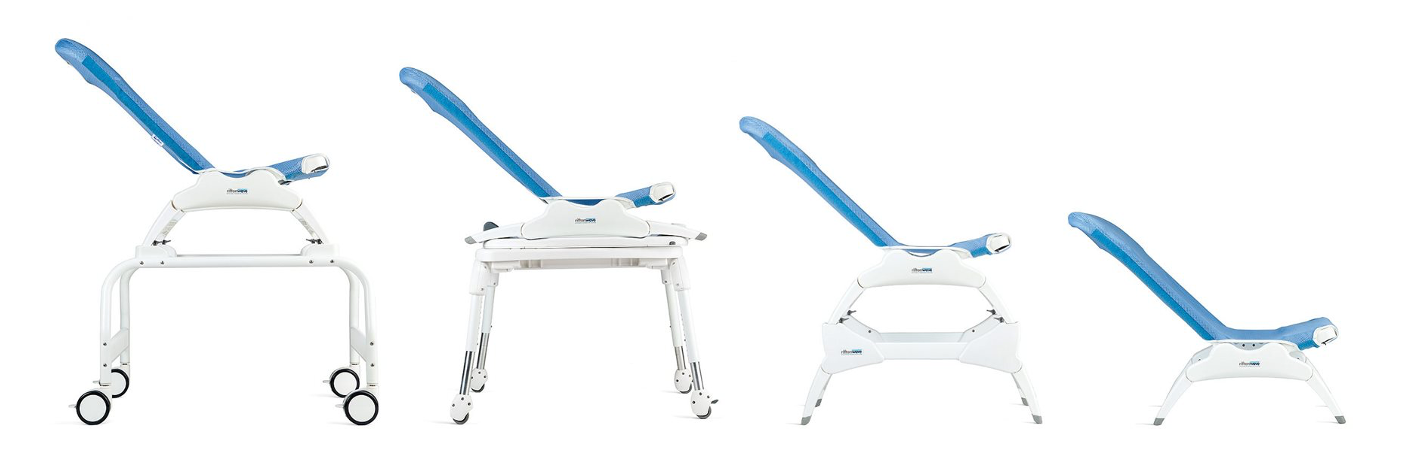
Figure 8. Rifton Blue Wave bath/shower chair.
This is a really common bath seat, especially for pediatrics. You can see it in its bath configuration on the far right, and the legs can be flattened to allow someone to get lower into the water. We can also change the seat to back angle so that someone can be leaned further back. There is also a raised base. This can still allow someone to use this within a bathtub, but it raises the height of this bath seat to about the edge of the tub. This makes hygiene by the caregiver and transfers much easier. Next to that (moving to the left) is a rolling base. This is designed to use in a shower. The shower has to be large enough to accommodate the bath seat in its flattest position. Finally, on the far left, we have another rolling base option with larger wheels. This makes it a little easier to manage, especially to roll it from the shower to another location. Sometimes, we undress the child or adult in bed and then transfer them to a shower chair next to the bed. The caregiver can then roll them all the way into the bathroom. This can really help with transfers both into the shower and out of the shower. The caregiver can also dry them, dress them, and also transfer them from this chair. These larger wheels lock so that it does not move around within the shower and during transfers. The bath seat sits on top of this in a higher position. Depending on the height requirements of the caregiver, this may help with that.
This equipment is sometimes used with someone who needs both a bath and a shower seat. It might also be used when somebody starts with a bath seat they still fit in it, and we just simply need to use it now in the shower as well. We can order that shower base at a later date.
Assist with Transfers
- Tub transfer benches
- Tub Transfer benches allow the client to sit on the edge, pivot, put legs into the tub, and slide over.
- Not a lot of postural support
- Accommodates differing height of floor and inside of the tub
- A shower curtain can pass through
- Designed for taking a shower in a bathtub rather than a shower stall
Some showering options are designed specifically to help out with transfers. In Figure 9, this is a tub transfer bench with two legs in and two out of a tub.
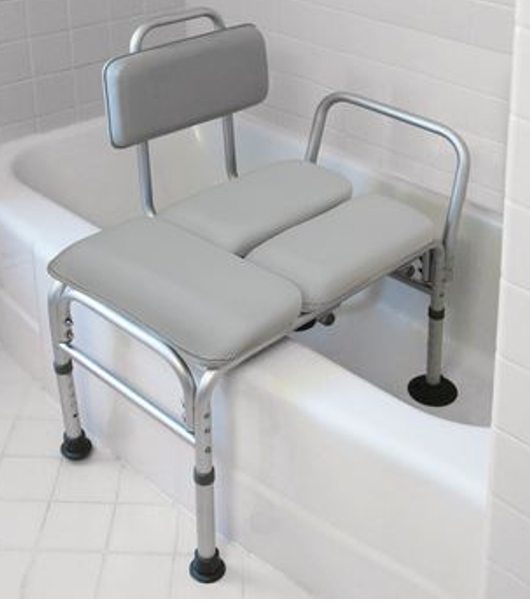
Figure 9. Tub transfer bench by Homecraft.
These have been around for a long time and are still frequently used. When we look at this particular tub transfer bench in Figure 9, you can see where the client can sit down on the pad over the bathtub's edge. Then, they swing their legs over independently or with the help of a caregiver and use the handle to pull over. There is a slot between the outer pad and the inner pads that can slide in the shower curtain (at cut slots) to prevent water from going everywhere. This cannot be used with shower doors. If this person is not independent and they are showering within the shower, it is going to be pretty hard for the caregiver to get in there without everybody getting pretty wet.
Again, this is designed specifically to help with transfers. This one has a padded surface; not all of them do. This is helpful for those with frail skin to prevent pressure issues for the client. This can also be adjusted in terms of height. We can adjust each of the four legs. If the inside bottom of the tub is higher than the bathroom floor, which is really common, you can accommodate that, and then the client does not have to scoot uphill. This allows for a nice level surface.
- Allows client to sit down on the seat and slide over
- Designed for taking a shower in a bathtub rather than a shower stall
- Attached or separate seat
Of course, there are more options, but we are not going through all of the various brands. Figure 10 shows some examples of different strategies that might meet an individual's needs.

Figure 10. Examples of other tub benches.
The one on the left is from Drive Medical, and there are many of these on the market. The entire seat slides on these tubes. This allows a client or a caregiver to assist with the transfer into the tub. The shower curtain can go between those two tubes.
The Shower Buddy is on the right and is a much more supportive shower chair. This would work for someone who needs this degree of support and does not have a shower at home. This can be wheeled up to the base. It clicks in, and then the top seat slides over into the tub. This example is an adult size. If you look at where the mounting hardware for the head support and the foot supports are, you can see the chair is almost touching the wall. This will take up the entire bathtub, and part of the reason a lot of adults are not still taking baths. This provides that support, but there is not a lot of room. The caregiver also cannot get around the client as readily as a roll-in shower. You can use an attached seat, like the one on the left. Some companies have this or a separate seat, like the one on the right.
- Designed like a tub transfer bench, but the seat lowers into the bathtub
Another option is like the one shown in Figure 11.
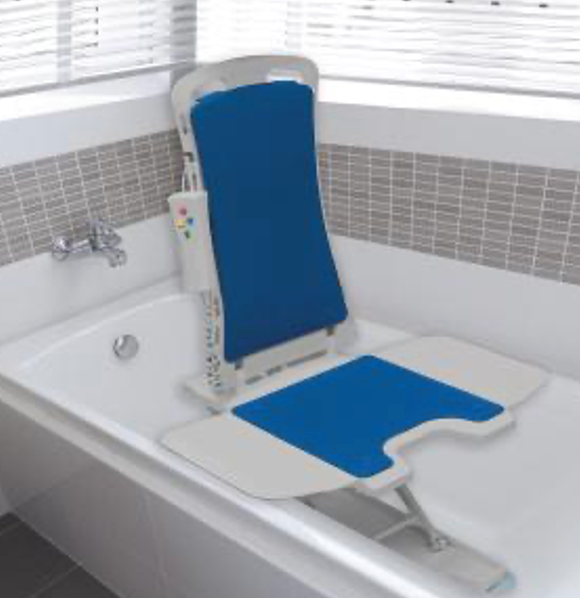
Figure 11. Tub seat by Drive Medical.
Several companies make a specialized tub transfer that allows the seat to sink into the tub. In this case, the client can sit on the edge, scoot over, swing their legs into the tub, and push a button to lower down into the tub. This does require power and has different options. Some of the options have a little more seating support. The one in Figure 11 does not have a lot of support. This would not be for someone who needs a lot of postural support or a tilt feature. The other challenge with this option is that it also moves forward a little bit as it lowers. So, by the time you are sitting down, if you are not a young child, your legs will need to bend as it takes up a lot of room within the tub.
- Lift specifically designed to transfer a client into the tub
- The bathroom must accommodate the client in a wheelchair
There are other options to help with transfers. Part of the reason we have all these options around bathing and showering is due to accessibility. Not everyone can afford to modify their home, especially if they are renting. If they do own it, creating a roll-in shower is very expensive. There are many options for people who just simply cannot make expensive modifications.
Some lifts are designed specifically to transfer a client into the tub. A standard patient lift will not work as they have legs that need to slide underneath the bed or on either side of the wheelchair. Obviously, we cannot do that with a bathtub. While it is technically possible to install a bathtub with space under it to allow for those legs, it is so costly that it would be easier just to put in a roll-in shower. Figure 12 shows an example of one with a caregiver using a Hoyer Voyager lift to move an older gentleman into a bathtub.
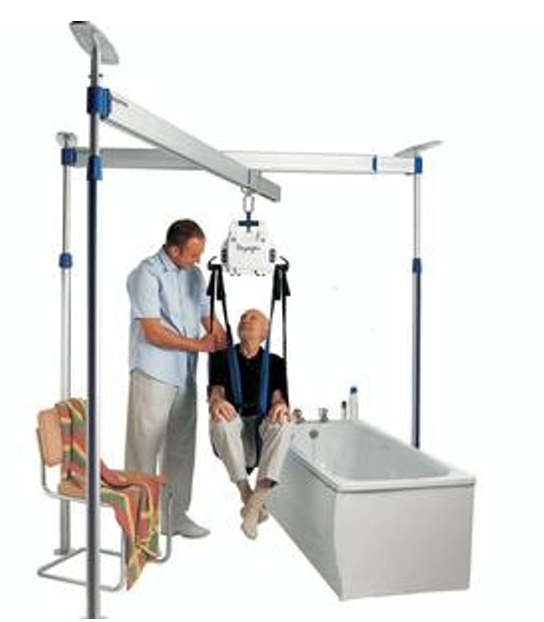
Figure 12. Hoyer Voyager Portable Overhead Ceiling Lift.
This lift is from Hoyer, who makes standard patient lifts. This is called Voyager, and it is a portable version. You can see how this is designed to help someone get into the tub. In this case, the tub is free-standing and not against a wall. You can also see there is a pole on one side of the tub. I believe Hoyer has an option where if you do not have space on the other side of the tub, which most of us do not, there is another way of attaching this portable lift. The bathroom itself must have the room to accommodate the client in a wheelchair. You need to wheel the client in, lift them in the sling, push them over the tub, and lower them down. This is another big challenge accessibility-wise. Many bathrooms do not have the room to complete this maneuver.
Bath and Shower Accessories
- Grab bars
- Non-slip surfaces
- Hand-held shower hoses
Many bath and shower accessories are available, including grab bars, non-slip surfaces, and handheld showers to keep both the client and caregiver safe. For example, if a caregiver is helping in a roll-in shower, it is important that as they walk around the client, they are not going to slip. I usually recommend some waterproof, non-slip footwear, like a sandal.
There are a variety of handheld shower hoses. This allows the caregiver or the client to grab that and aim where needed. Some of these handheld shower hoses have a diverter valve so that other members of the family can use the standard shower. Some can be mounted like the one in Figure 13.

Figure 13. Handheld shower by Moen.
When it is in the mounted position, it can be used as a standard showerhead, but it can be removed and used for the client.
There are many types of grab bars. Options can be seen in Figure 14.
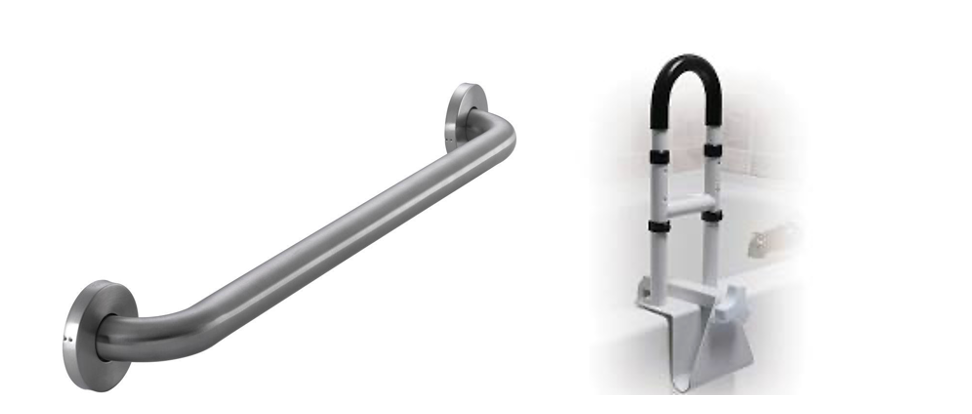
Figure 14. Wall-mounted grab bar by Glacier Bay and removable option mounted on tub by Drive Medical.
Placement is critical. First, we have to decide if a grab bar is required at all. Depending on how a client is getting in and out of a bath or shower, they may not be able to reach and grab that bar to utilize it. Sometimes grab bars can even be helpful for caregivers. As most of us are aware, we need to ensure that families are not using a towel rack for support. They can come out of the wall, and there have been some pretty significant injuries across the country from using these. A grab bar, if appropriately mounted, can be used both for safety and to hold a towel as long as there is room for the client or caregiver to grab it.
Toileting Equipment
This brings us to toileting equipment. I find it very helpful for clients, especially an older child or an adult who uses a diaper, to have something like a commode/shower chair to roll them right into the bathroom and hose them down. It can really help with toileting hygiene as well.
Goals
- Goals of toileting equipment include:
- Appropriate height for transfers
- Appropriate support for transfers
- Postural support
- Stability and support to promote relaxation and toileting
Goals with toileting equipment include choosing the best height for transfers on and off of the toileting equipment, appropriate support for those transfers, appropriate support for the client, and then stability and support to promote relaxation and elimination. If a client's feet are hanging in the air, they will not have much support, and elimination may not occur. Stability and support are essential for this bodily function.
Height
- Toilet Height
- Standard height is hard to stand from
- Requires good quad strength
- Options:
- Raised toilet seat
- Hard to clean, may slip
- Higher toilet (ADA)
- 17-19”
- Toilet riser
- Raised toilet seat
Let's start with height. A contractor may only look at ADA requirements. They may choose a higher toilet, somewhere between 17 and 19 inches, but that may not be tall enough depending on a client's particular motor impairments like poor quad strength. As they get older, many people have a harder time getting up from a lower surface due to this. For example, if a couch/chair is low, they may need a lift chair or need something of that nature. This is the whole idea behind a higher toilet, a raised toilet seat, or a toilet riser. Many raised toilet seat options like the one pictured in Figure 15 have two grab bars attached to them.
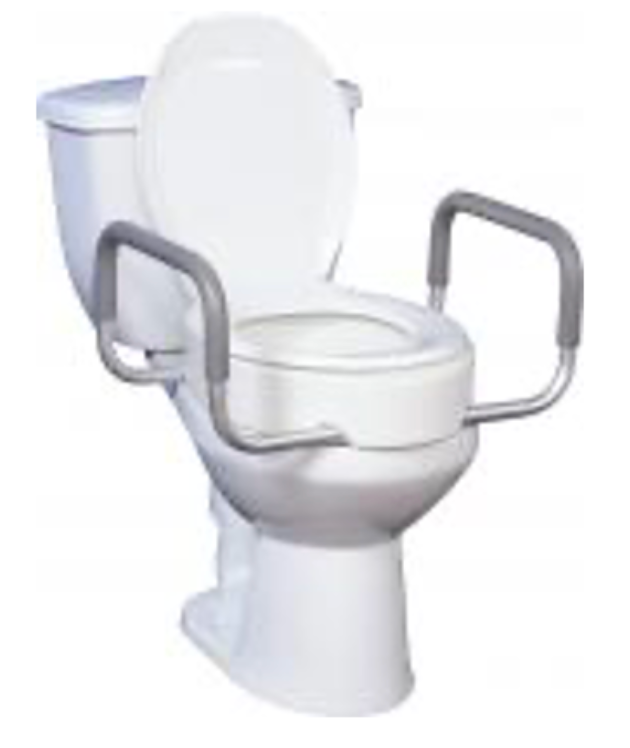
Figure 15. Raised toilet seat with handles on both sides from Drive Medical.
Raised toilet seats attach where the toilet lid attaches, and it is important that they are attached well and that the client is not putting a lot of stress on the raised toilet seat itself (like plopping down). Toilets are made out of porcelain, and they break easily. Thus, you need to watch how much force is being placed on them as the client is sitting down. Sometimes, there may only be a fine hairline crack that you may not even see, but that may eventually leak. If it is a severe break, which is less common, a client could be injured by sharp edges. Raised toilet seats can also be hard to clean. You have to clean the whole area as well as the toilet itself. Lastly, you want to make sure that the raised seat will not slide around on the toilet.
Like the one pictured in Figure 16, there are also toilet risers that go in between the toilet and the floor to raise the toilet to ADA height.
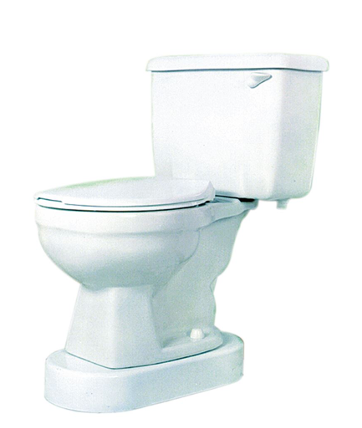
Figure 16. Toilet riser by AliMed.
This raises the toilet without having to use a raised toilet seat. You can buy these at many home improvement stores.
Transfers
- Help with transfers
- Toilet rails
- Attached to a raised toilet seat
- Attached to toilet lid mounting hardware
- Can lead to breakage of toilet
- Attached to wall or floor
- May flip-up
Other items help someone with the task of transferring on and off of the toilet. One option is toilet rails. There are attached at the back of the toilet lid in Figure 17.
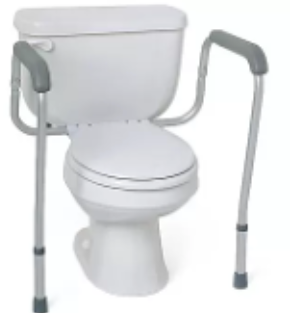
Figure 17. Toilet rails attached to the toilet by Medline.
A transfer can place a lot of torque on those two little holes on a piece of china. Other rails attach to the wall or the floor. The one in Figure 18 attaches to the wall and flips up out of the way.
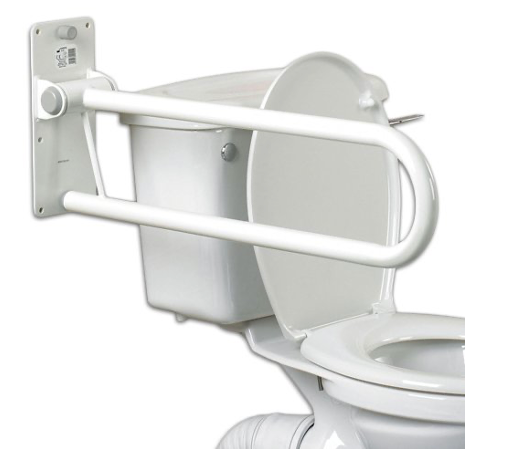
Figure 18. Flip-up toilet rail by Devon.
As long as this is securely attached to the wall in a stud, this should be safe and should be able to take significant force.
Postural Support- On Toilet
- On toilet
- Trunk, arm, and feet support
Complex rehab level toileting equipment can provide increased postural support and is mounted right onto the toilet. Some of these attach where the toilet lid does, so again, we have to be mindful of that. Figure 19 shows the Rifton HTS toilet mount.
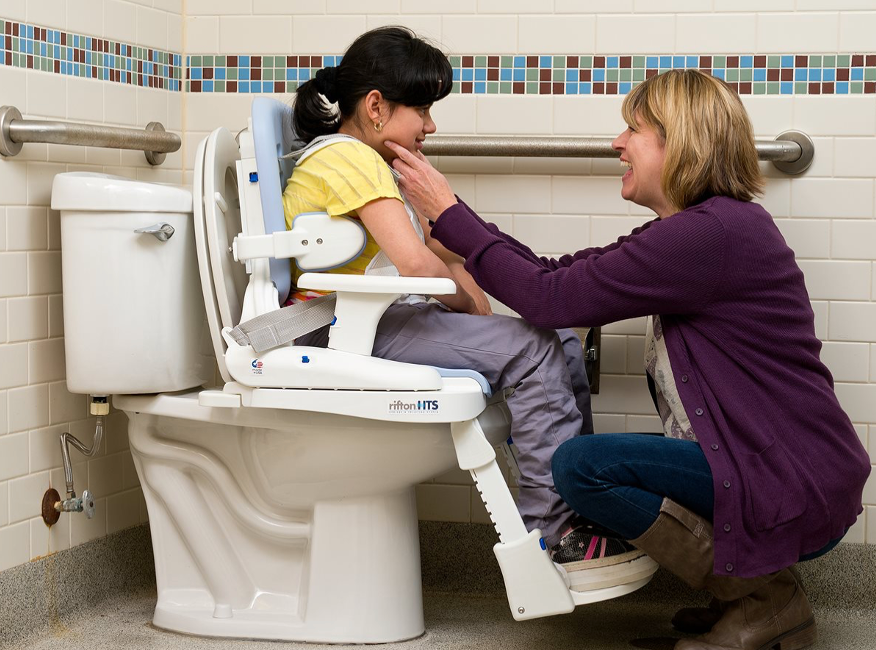
Figure 19. Complex rehab toilet equipment by Rifton HTS.
This seat can be used in several different configurations. In this particular picture, it is attached to the toilet itself. When you have something like this attached, every family member has to either use this or use another toilet. This seat has increased postural support with a back, lateral supports, a positioning belt, and footrests.
- Off toilet
- Portable commode chairs
- Often can be placed over the toilet, too
- Adjustable height
- Padded seat, if needed
- pressure
There are also separate commode chairs, as seen in Figure 20. Some of these can be placed over the toilet. We simply have to remove the pot that is underneath to clean it. It can also be placed over the toilet without the pot to provide grab bars. This option does not put stress on the toilet itself, but there will be extra cleaning of both the toilet and the commode.
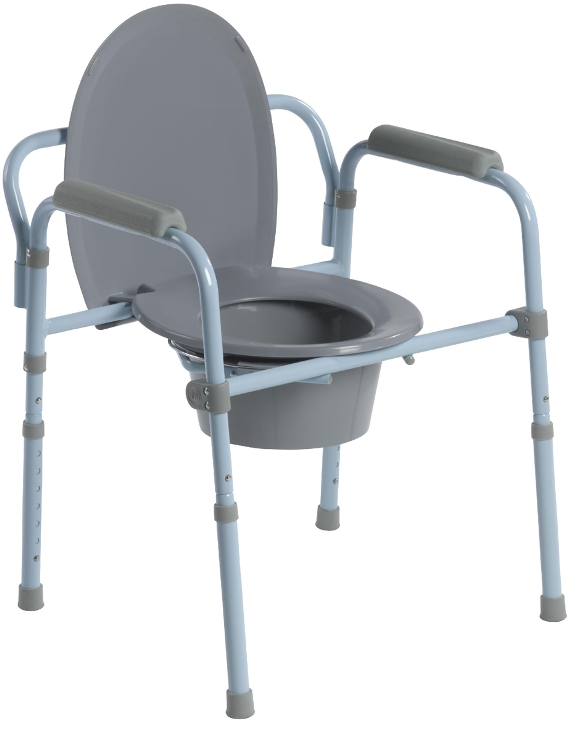
Figure 20. Portable commode chair from Drive Medical.
The height is adjustable, and there is a padded seat option. This might help reduce pressure risk or for those who need to sit for a little longer time on their commode chair.
- Postural Support
- On or off the toilet
Figure 21 shows an option that can go either on or off the toilet. This is the Rifton HTS and has many configurations.
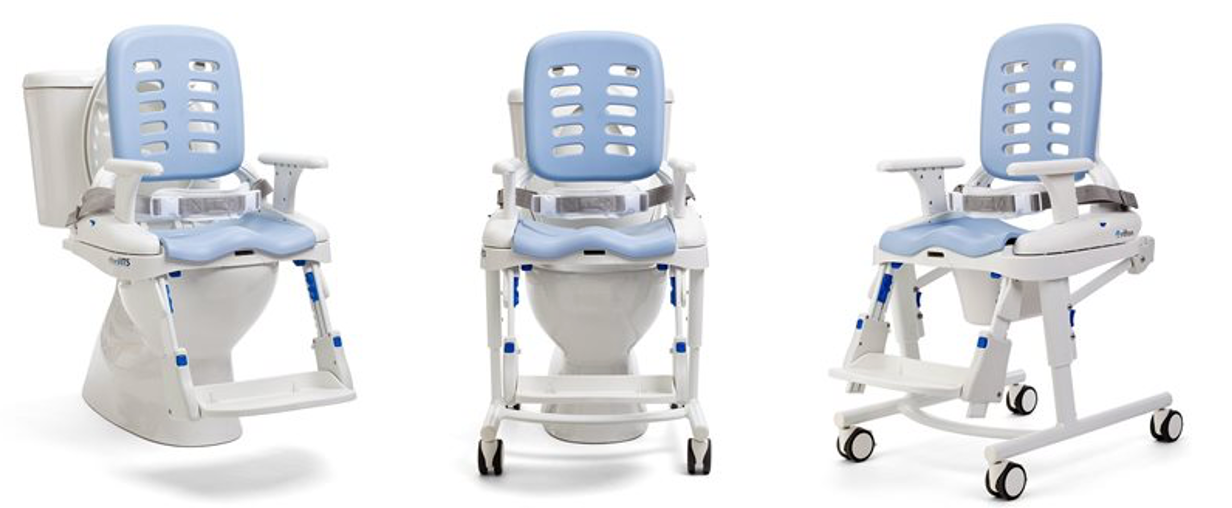
Figure 21. Rifton HTS chair in three different configurations.
It can be mounted on the toilet, mounted on a rolling base, rolled over the toilet, or used standalone commode with the pot underneath. This one provides a tremendous amount of postural support for the client. We can add on lateral support, head support, and the entire system even tilts. This can be a really nice option. It comes in various sizes and works well for the pediatric population, though it will grow large enough for an adult. There is a pelvic belt and trunk support as needed.
Toilet Accessories
- Accessories
- Bidet
- Splash guards
- Reducers
- children
- Lifts
Some accessories can be helpful for toileting as well. Some clients may choose to use a bidet to help with independence and hygiene if the task of wiping after a bowel movement is too difficult. This will require either a separate bidet or an adaptation where we replace the toilet with a toilet/bidet combination toilet. There are also splash guards that can be added if a male needs to sit down to urinate and splash. For children who do not need a lot of postural support on the toilet, but the opening is too large, we can use some type of reducer with a deflector, like the one pictured in Figure 22.
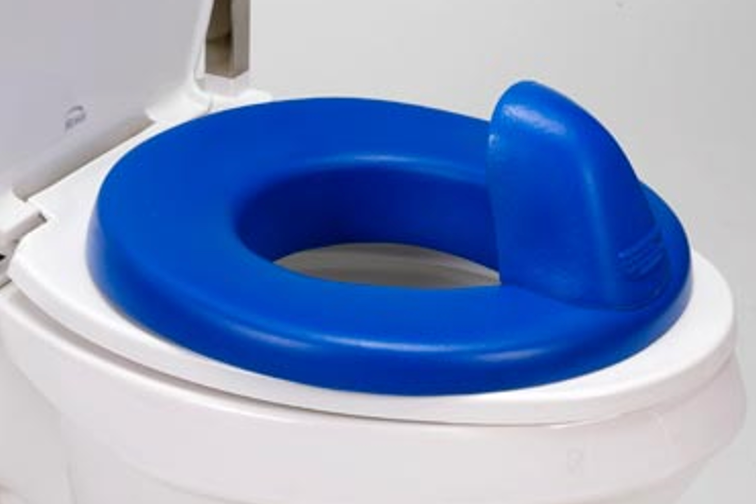
Figure 22. Reducer with a splash guard that is Inspired by Drive.
Children tend to need deflectors more than adults due to size and anatomy. Some lifts can help someone get on and off the toilet to provide a little extra assistance. Again, raising the height of the toilet can often avoid the need for those.
Combination Showering/Toileting
There are also combination shower/commode chairs. We already saw pictures of a few of these when we talked about shower chairs, but many shower chairs are designed to be used in a roll-in shower can also be used as a commode. Figure 23 shows one from ActiveAid can be used in the shower.
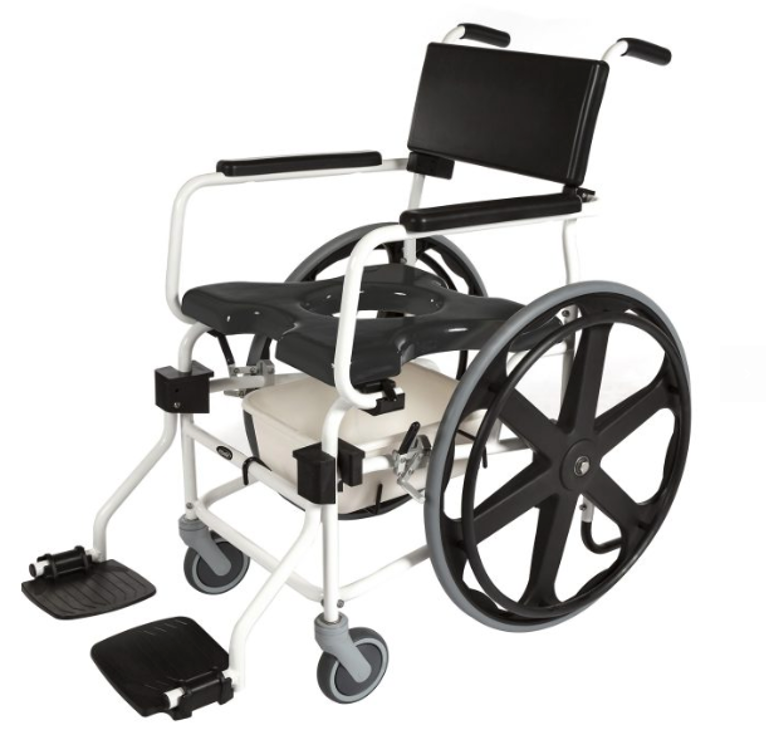
Figure 23. Shower/commode chair by ActiveAid with large wheels, commode option, and footrests.
It has an opening for perineal cleaning, but it also has a pot underneath. I am not sure if this particular style will roll over a toilet as some of them do. I work with a lot of children. I frequently recommend combination shower/commode chairs, even if kids can use a bath seat. This is a little easier for transfers and a nice option for showering.
Patient Lifts
Goals
- The goal of patient lifts is to transfer a client safely from one position/device to another.
- Reduces risk of injury to the client
- Reduces risk of injury to the caregiver
As therapists, we learn a lot about transfers. We want to be able to transfer as safely as possible. I have been an OT for over 30 years now. I like to think that I am in okay shape, but transfers are not as easy as they used to be. I work a lot with children, and my clients do not always weigh a lot. However, they can have a lot of muscle tone, like dystonia, which can make transfers difficult.
Patient lifts are used to transfer a client safely from one position or device to another while reducing the risk of injury to the client and the caregiver. We have a lot of caregivers who may not simply be able to transfer their loved ones. Paid caregivers often have a limitation to how much weight they lift. For example, in my area, home health agencies cannot lift more than 50 pounds. That is a big limitation.
I always recommend to families that they have a backup plan. Let's say mom can still transfer the client, but she is the only one who can. If mom gets sick, hurt, is out of town for an emergency, or is having a terrible day, there may be no one to transfer this person. We do not want to limit transfer capability to one person. It is important to have a backup plan.
Types
- Portable patient lifts
- Portable overhead lifts
- Ceiling lifts
- Specialty lifts
There are different types of lifts available. There are portable patient lifts, portable overhead lifts, ceiling lifts, and specialty lifts.
Portable Lifts
- These are among the most abandoned pieces of DME
- Large, time consuming
- Must have clearance around and under transfer surfaces
We just call all lifts "Hoyer lifts" because that was one of our original brands. It is still is an option, and an example is shown in Figure 24.

Figure 24. Hoyer lift being used to move a female client into bed by a caregiver.
The Hoyer company several different ones, but if someone says "Hoyer" lift, they probably mean a portable patient lift. Unfortunately, these are some of the most abandoned pieces of equipment out there. These are often stowed in a basement, a garage, or a place to hang laundry. They are often abandoned because they are large and time-consuming to use. If you know you can transfer the client, it is a lot faster to do that than get out the lift, put the sling under the person, lift them, move them, lower the client, and remove the sling. It takes time, and many people do not want to bother. The other challenge is just the size of these. They are bulky. You have to have clearance around and underneath what you are transferring to. If the person is being transferred to or from bed, the two big legs of this portable patient lift have to go underneath the bed. If transferring the client to a wheelchair, the legs have to go around the wheelchair to be stable. To keep this person safe and not tip over, the lift has to have a big base. This can be challenging when you do not have a lot of room, and you have other equipment.
- Some patient lifts are "Sit-to-Stand" style.
Some portable patient lifts are a sit-to-stand style like the one shown in Figure 25.
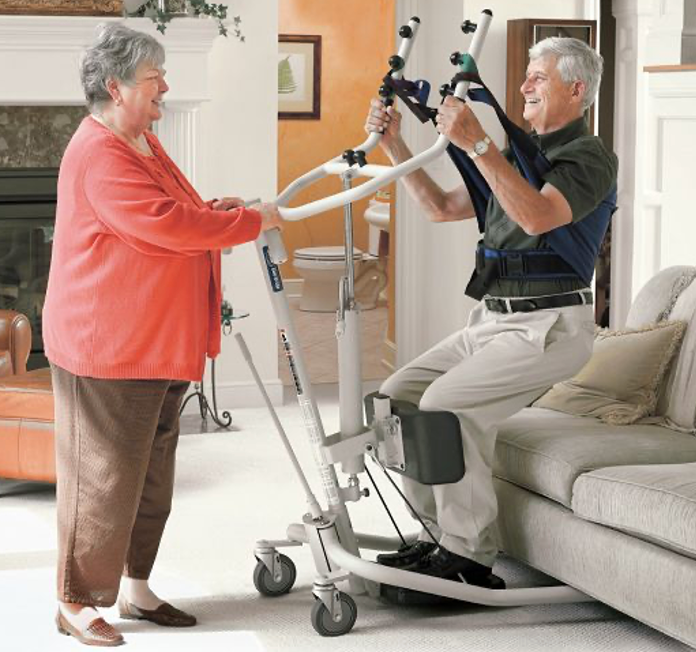
Figure 25. Portable patient lift by Invacare where the client is helped to stand.
Many companies make the sit-to-stand type lift. This is for someone who does not need quite as much help with their transfer. You can see with this older couple that she probably cannot help her husband with this transfer, but she can push this lift in front of him, help to place the straps, and help with the transfer.
- Lift for clients who do not require as much trunk and neck support
Rifton also has a unique patient lift called the Tram that works well without being quite as bulky. Figure 26 shows this model. It is used for a client who does not need a lot of trunk and neck support. I find less abandonment with this as it is less bulky.
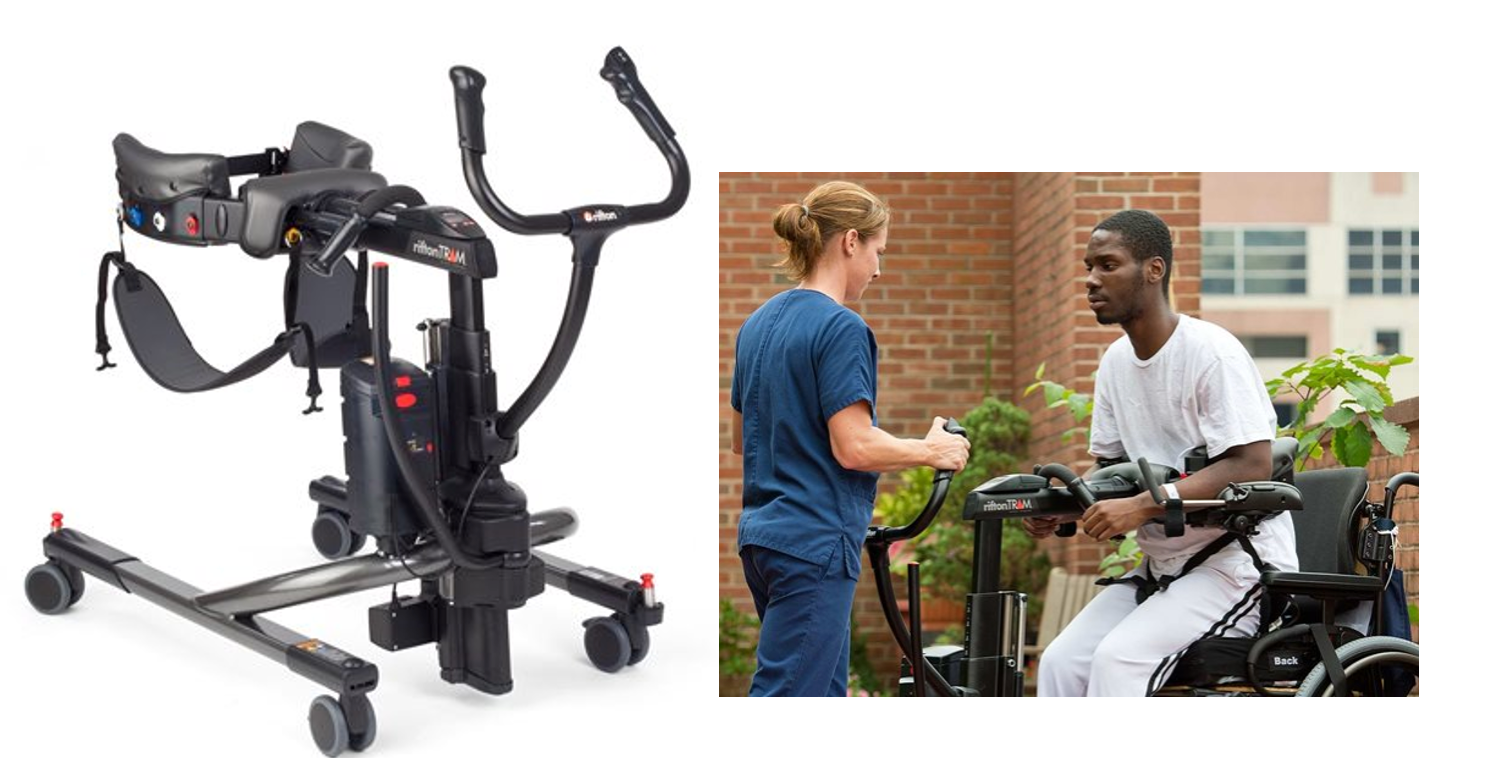
Figure 26. Rifton Tram is shown with and without a client.
Instead of using a sling, there is support around the pelvis and underneath the legs. Tor some clients, this is a way of quickly moving them from one location to another.
- Tips:
- Various style slings
- Do not leave the client on a sling in a wheelchair
- Bariatric styles
- Some can transfer client from floor level
Portable patient lifts can have different style slings. You want to use the sling that provides the most appropriate support for a client. You also want one that can get wet if used as a part of a showering or bathing routine. Once the client is transferred to a wheelchair, you need to remove the sling. This is not always easy to do, but there are styles of slings that make that easier. You can lean the client forward, pull out the sling, or lift their legs and pull out the sling. Slings are important to remove as the wrinkles on the sling can quickly lead to pressure issues or prevent the client from sitting correctly in their chair.
There are also bariatric-style lifts that are designed to support larger weights. And, some of these patient lifts can go to floor level. This can help to get someone up off the floor.
- Ensure lift meets all client weight, height, and width (think doorways) requirements
- Some are powered
- Some include scale
You need to make sure that the lift meets the client's weight, height, and width requirements. Depending on the width of the client, this entire lift needs to get through a doorway with the client. Some of these are powered, but funding can be difficult. Usually, we can get funding for the mechanical version, but they can be hard to maneuver. You have to push the lever multiple times to lift this person up and then push the device to where you are transferring the client. This can be challenging. A few options include scales for weighing the clients.
Portable Overhead Lifts
- These are similar in function to a ceiling lift
- Portable so that this can be moved
- Powered
- Great for apartments
- In this set-up, the client could be transferred to/from a wheelchair next to the bed, rolling shower chair, or commode chair.
There are also portable overhead lifts that are available. These are similar to a ceiling lift, but instead of actually attaching these to the ceiling of a home, they have a portable bar that the sling is suspended from. An example of this can be seen in Figure 27.
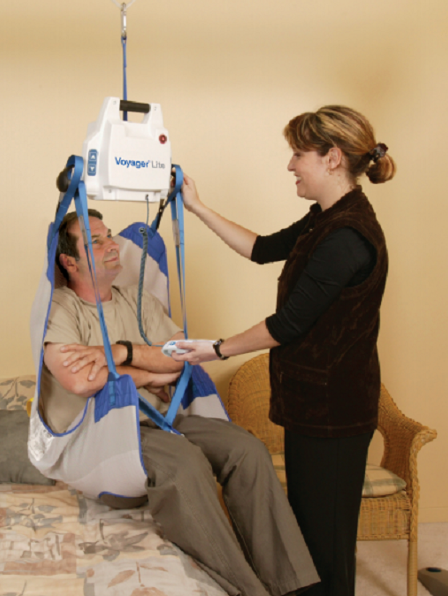
Figure 27. Hoyer Voyager portable overhead lift moving a client from a chair to a bed by the caregiver.
This works well for people who are in a rental and cannot attach something to the ceiling. They claim that they are portable, meaning they can be moved from one location to another, but I will tell you that this is not something you will want to take apart very often. The main advantage is that it is not permanent. With a setup like the one shown here, the client can easily be transferred to and from their wheelchair to the bed or a rolling shower or commode chair. Realistically, you can get the client in and out of their wheelchair, in and out of a shower chair, and in and out of their commode chair without having a track everywhere. Ceiling lifts are more common in our hospital settings and some clinics.
Ceiling Lifts
- Ceiling lifts are difficult to fund
- Waiver plans
- The track can be placed where needed
- A client may be able to control the power lift with buttons
Ceiling lifts are great. Many of my clients have these. They can be expensive and difficult to fund. There are some waiver plans out there for home modifications that will sometimes cover these. The track can be placed wherever it is needed. And, the client may be able to operate the powered lift with buttons. Many people think that they need track throughout their entire home. However, if there is a track over the bed, that can often be enough. This can also help reduce the cost quite a bit. To be installed correctly, it needs to be secured into the joist of the ceiling. There are ways to attach this even to a very high ceiling. It does not always look that good, but there are ways of dropping down the track from the ceiling.
Figure 28 shows an example of a ceiling lift.
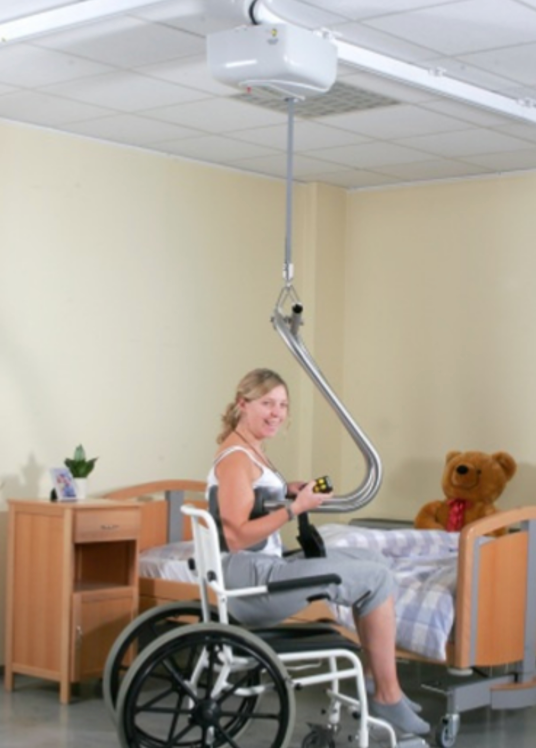
Figure 28. Ceiling lift by SureHands with a female client being transferred.
The track can go through doorframes by cutting a notch at the top. It can be mounted between the bed, next to the bed, or even the bed and the bathroom. This is a unique ceiling lift called SureHands, shown in Figure 28. Instead of a sling, a metal bar goes underneath the legs, and two pieces come onto the trunk. It squeezes and holds onto the client. It looks a little funky if you have not used this before, but I have had some fairly involved clients who have had success with this. It is a lot easier than managing the sling for some families.
- The track can be hung from high ceilings
- The track can go through door frames
- Can be mounted between bed and bathroom
Here is a close-up view of the SureHands Lift in Figure 29.

Figure 29. Here is a close-up of the SureHands lift and then actually transferring a client from bed to wheelchair.
Specialty Lifts
- Lifts designed for one type of transfer:
- Bath
- Bed
- Pool
- Car
There are different specialty lifts. These might be designed specifically for the bathtub, just for the bed, the pool, or a car. If someone needs a lift for a particular application, we can sometimes look at these. Figure 30 shows a car lift (Autochair) on the left and a pool lift (Motion Trek) on the right.

Figure 30. Two specialty lifts for the car and a pool.
Adaptive Car Seats
Car Seats
- Our younger clients are safest in a car seat until at least 40 lbs.
- After that, if the client does not ride in their wheelchair (if they have one), a booster seat is recommended until age 10-12 years.
- When a shoulder belt fits correctly
- Many clients require additional support
- The goals of adaptive car seats are:
- To provide additional postural support
- To keep a child safe in the vehicle
- To keep a child from removing a seat belt
I work with children and often have to recommend adaptive car seats. Children will be safest in a standard car seat until they are about 40 pounds, even if a child has significant special needs. After that, most kids will be in a booster seat for a very long time, often until they are about 80 pounds or a certain height (until that shoulder strap is crossing the client at a correct angle). However, some clients need more support than a booster seat. There are a couple of adaptive car seats that are available on the market. This is one of them called the Spirit Plus in Figure 31. You can see that it provides a tremendous amount of postural support within the car seat with pelvic and lateral supports and a contoured headrest to keep the child safe in the vehicle.

Figure 31. Adapted car seat by Drive Spirit Plus.
Sometimes, these adapted car seats keep the child from removing a seat belt in a safety situation. An example might be a client with autism.
Vests
There are also vests and adapted booster seats available.
- These vests are designed for:
- Additional postural support to prevent the client from tipping forward or laterally during braking, turning, or in an accident
- Support if the child must lay down
- Prevention of seat belt removal
- Behavioral
- Personal vehicle or school bus
- tethered
The vest option in Figure 32 is from E-Z-On products.
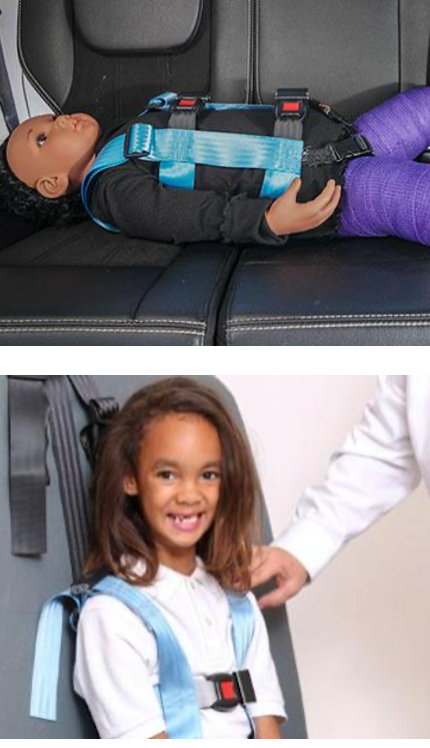
Figure 32. E-Z-On Vest shown in supine or in sitting.
These vests have been around for a long time. These are nice for a child, and even for an adult, who can sit in a passenger seat but need a little more help to stay upright. This provides more support than a standard lap and shoulder belt. There is also the unique option to have the child transported lying down. An example of needing to lie down may be a child in a spica cast like in the picture. This can also be used for those children that have behavioral issues and may undo the belt. There is also a version that zips up behind the client. The client is then secure in the car but cannot get out of the car seat. This can be used in both a personal vehicle or a school bus.
Adaptive Car/Booster Seats
- Various styles available
Different adaptive car seats or booster seats are available, like the Special Tomato multi-type positioning system and the Carrot. The Special Tomato Multi-Positioning System is shown in Figure 33.
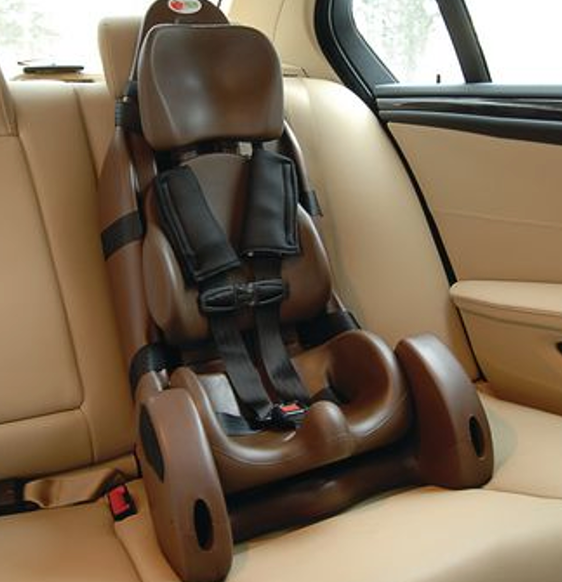
Figure 33. The Special Tomato Multi-Positioning System in a car.
Figure 34 shows the Convaid Carrot.
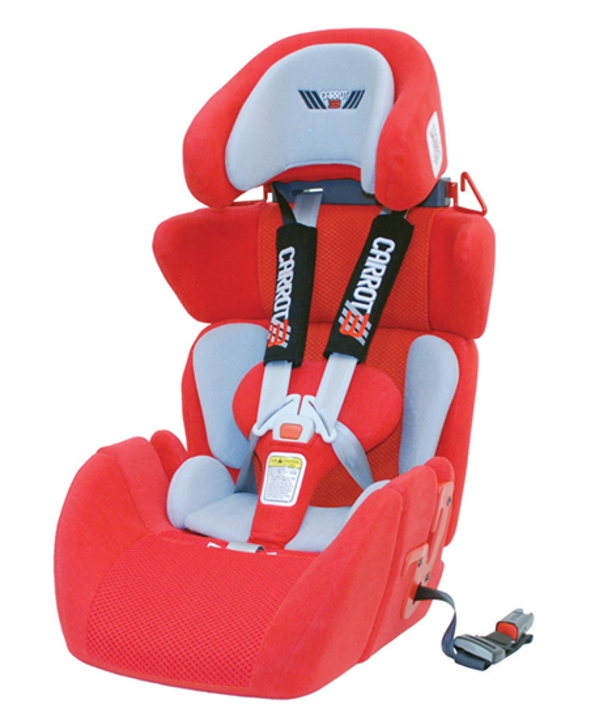
Figure 34. The Convaid Carrot with different positioning options.
These seating options both have various weight limits and postural supports available. Some of them provide some tilts or recline to use gravity to help them manage their position within the car. Many also have growth options because they are designed for children.
- Many standard car and booster seats may provide adequate postural support
- Shop around
There are several standard car seats and booster seats like the one shown here in Figure 35.
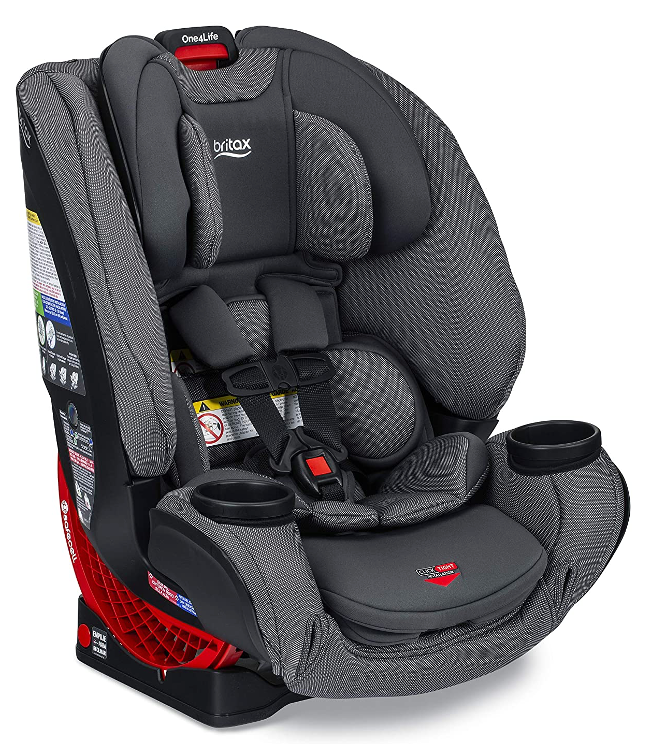
Figure 35. Standard car seat available by Britax.
This standard car seat provides a fair amount of postural support with built-up head support and a curved back, so an adaptive option may not be required. Some children may ride within their wheelchairs in a vehicle. This depends on accessibility and personal preference.
Funding is usually available for these adaptive options as long as we can justify why they are needed.
Take-Home Message
- Occupational and Physical Therapists are key team members in DME selection
- Bathing and toileting equipment is directly related to ADLs and transfers
- Lifts are also related to ADLs and transfers
- Car seats provide essential support for children with special needs, and DME suppliers need your input.
Occupational and physical therapists are key team members when it comes to DME selection. It is important to be aware of the specific client requirements when making recommendations. Bathing and toileting equipment are directly related to ADLs, but lifts are also a key part of a daily routine. Car seats are important to provide essential support for kids with special needs.
Resources
- Bath and Toilet Equipment Information
- http://www.adaptivemall.com/toiletbath.html
- Floor Lift Fact Sheet
- https://mobilitybasics.ca/patient-lifts/floorliftfactsheet
- Car Seats
- http://www.healthychildren.org/English/safety-prevention/on-the-go/Pages/Car-Safety-Seats-Information-for-Families.aspx
- https://www.nhtsa.gov/equipment/car-seats-and-booster-seats
- Adaptive Car Seats
- http://www.especialneeds.com/pediatrics-seating-mobility-carseats-seatbelt-guards.html
- https://preventinjury.pediatrics.iu.edu/special-needs
I have included some resources there that I hope you find helpful about bath and toileting equipment, floor lifts, car seats, and adaptive car seats.
Hands-On Activity
If you have time, contact your local supplier. Ask if you could try out one of the patient lifts. Bring a friend and practice on each other. See how it works if you have not had a chance before. It is always good to see how these work before we recommend them to other people.
Questions and Answers
I have caregivers who often ask about suction cup grab bars to assist in the shower. What are your thoughts?
I am glad you brought that up. I should have put that in here. Many people like the suction cup grab bars because they can remove them when they no longer need them. They may do this if they are in a rental or are worried about resale. The challenge with these, even though some of the newer ones are really quite strong, they can still pull off the wall. I do not recommend these for my clients for that reason. We want a foolproof solution. If the client needs a grab bar, it needs to be correctly installed in wall studs at whatever angle will best work for that client. And, both sides have to hit a stud.
What do you recommend for grab bar placement or shower chair that is small and supportive when the bathroom stall and toilet space are very narrow?
This is going to vary with the individual. I try to look at how we will get this person into the bathroom and then into the bathtub or shower? Where do they need to grab onto something? It could be that they need to grab onto the armrest of their own wheelchair or the shower chair that they are transferring to. If they need something somewhere else, it just depends where that somewhere else may be. It may be the side of the bathtub itself, or it could be on the wall. Many of my clients are not anywhere near a wall when they are transferring in and out. I actually do not use grab bars as much as I would think I would. Some of that has to do with the degree of involvement of my clients. You can also place grab bars at an angle, and some grab bars are shaped like an L so that someone can grab either vertically or horizontal.
Are there resources available to assist with the installation that could be provided to the client? Or is it individualized for different communities?
It is something that I can certainly do myself, but I do not do for my clients. I would do it in my own home, but we have to worry about liability. I tell them to find a friend or family member who is handy or hire someone. I will give them guidelines about where it should be.
Do you find these types of equipment are typically covered by insurance? What about modifications such as changing a showerhead to a handheld shower hose?
A lot of this equipment is covered, but not all of it. Consumer-level solutions for bath and shower equipment (grab bars and handheld showers) can be bought at the local drug store and are typically not covered by insurance. You can check to make sure. Complex rehab equipment is typically covered. There are also some waiver programs available or other groups that might help with that.
Have you found much success with a toilet wand?
I have not had a lot of success with that for hygiene, but it might be the clients I am working with. Most of my clients do not have enough motor ability to use those successfully. It is not just a matter of reach, but it is also motor control. For some clients, these options might help.
Have you come across any handheld bidets that are good for clients with low grip strength?
No, I have not. That is a good question. The bidets that I am most familiar with are ones that anyone would use. I am not as familiar with the handheld versions, but I will check that out.
Can a commode be used to sit on in a shower instead of a chair?
If it is a shower/commode chair, yes, it can be used in the shower. A standard commode chair is not designed to get wet. You can have problems with rust and eventually breakage. A shower/commode chair is designed to get thoroughly wet and often has properties to keep mold and germs from developing.
Do you know if the Trek pool lift has any positioning options for safety during the transfer for more involved clients?
We have run into challenges with this for aquatic therapy for clients with complex bodies. This is a challenge with a lot of these specialty lifts. There is not much postural support, and pool lifts and spa lifts are notorious for this. Usually, they have a straightforward one-piece plastic shell, and that is not enough support. There are a few options. You can try various strapping options to hold this person in as they are lowered in. The person within the pool can also help to support them as they are lowered down. Depending on the weight limits and the size of the client, someone could sit on the seat, place the client in their lap, and go down with them to provide that postural support. Instead of a lift, you could try to use some type of flotation device, with one person in the pool and one person on the edge of the pool easing them into the water.
Have you found many good options for car lifts?
There are a few out there. Most of the clients I work with are going to ride within their wheelchair seating system. A car lift is really designed for someone who can sit fine in a standard passenger seat but might have trouble with the transfer. We could use other strategies to help with that transfer because car lifts can be bulky and difficult to use. I am much more familiar with lifts that help to get an entire wheelchair into the vehicle. If someone can sit in a standard passenger seat but need help with the transfer, we must solve that problem. It can be tough to get that client and wheelchair in between the opening to the car and seat as there is not much room there. Sometimes, if we can provide some handholds, that can help as well.
References
Available in the handout.
Citation
Lange, M. (2021). Durable medical equipment for activities of daily living. OccupationalTherapy.com, Article 5413. Available at www.OccupationalTherapy.com
